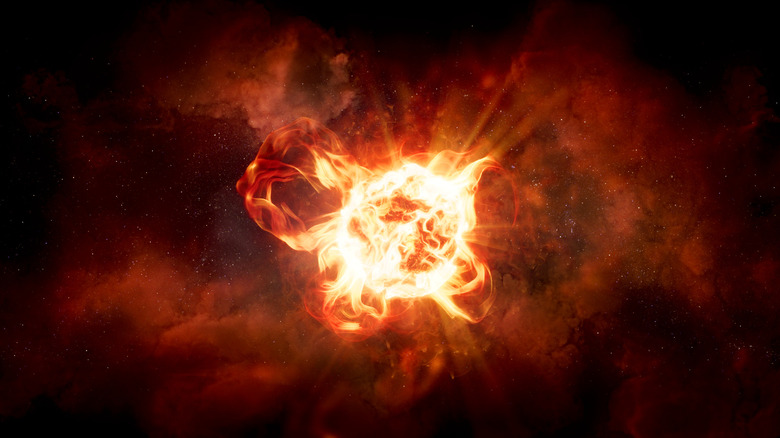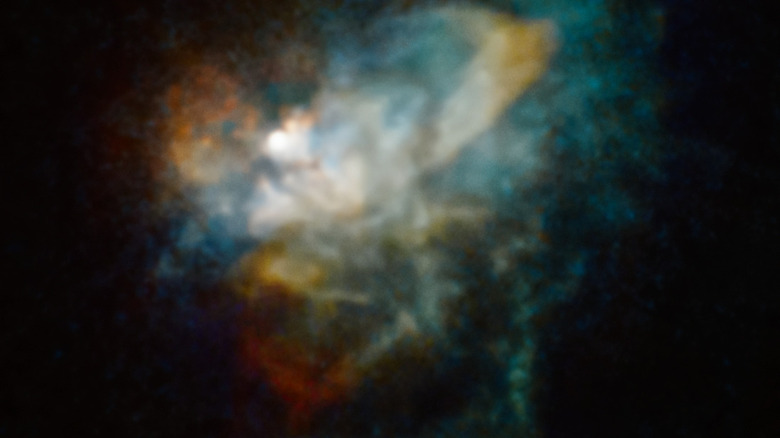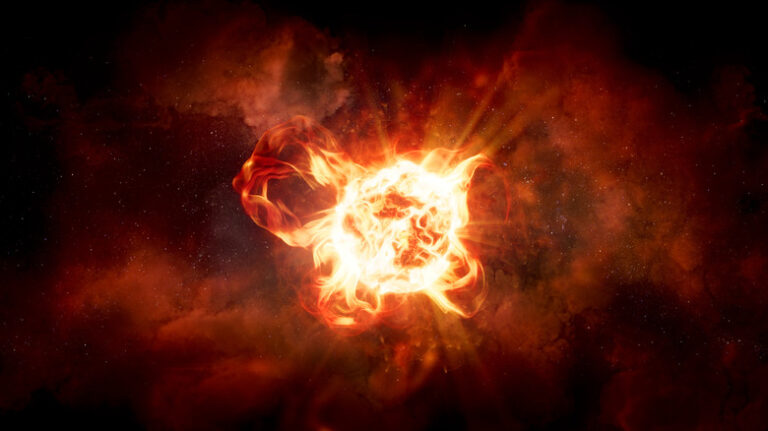The Motive Behind Astronomers Interest in This Dying Hypergiant Star
In comparison to the Earth, our sun is enormous; it can accommodate more than a million blue planets. The sun, however, is tiny in comparison to several other stars in our galaxy. One of the biggest supergiant stars is VY Canis Majoris, which is situated in the constellation of Canis Major. According to the University of Arizona, it is referred to as a hypergiant because of its size (1,420 times the sun’s radius).

This kind of massive star is extremely uncommon, and scientists are curious to learn how they develop and change over time. They are aware, in particular, that stars this massive have a distinct tendency than more common tiny stars like the sun to periodically release a sizable portion of their mass. Astronomers have been studying this creature recently in order to understand more.
One of the researchers, Ambesh Singh, stated in an article published by the University of Arizona, “We are particularly interested in what hypergiant stars do near the conclusion of their life.” We are no longer certain that these enormous stars would simply develop into supernovae explosions, contrary to what people once believed.
Supernovas are not regarded by the experts as a viable explanation for how these huge stars perish.
Another researcher, Lucy Ziurys, commented in the same article, “If that were the case, we should observe many more supernovae exploding across the sky.” We now believe that they could stealthily go into black holes, but we don’t know which ones pass away in this manner or why or how.
A Betelguese-like problem

Betelgeuse, which can be seen in the constellation of Orion, is one of the most well-known hypergiant stars. Due to its peculiar behavior, Betelgeuse has garnered a lot of attention recently: The star started to drastically decline in 2019 and lost up to two-thirds of its typical brightness (via NASA). Then, in 2020, it seemed to have returned to its prior brilliance. Stars do normally fade or brighten with time, although this is usually a much more gradual process.
At first, some observers speculated that Betelguese may be on the verge of becoming supernova. Some speculated that the star could have sunspot-like black areas all over it. However, studies using the Hubble Space Telescope revealed that a different factor contributed to the star’s dimming: a considerable quantity of gas was released during the star’s outburst, which resulted in the formation of a dust cloud. The star seemed to be dimmer because part of the star’s light was being blocked from reaching us by this cloud.
On VY Canis Majoris, a comparable procedure takes place, albeit on a greater scale. Imagine Betelgeuse on steroids, Ziurys advised. Every 200 years or so, it has violent mass eruptions because it is considerably bigger and more huge.
Using equipment like the Atacama Large Millimeter Array in Chile to monitor the gas the star is ejecting, the astronomers studied VY Canis Majoris. They have identified sodium chloride, silicon oxide, phosphorous oxide, sulfur dioxide, and oxides of sulfur as well as obtained data on the chemical composition of the gas. Additionally, they discovered that various ejections released various chemical mixtures, which helped them better understand how stars like this one gradually lost mass over time (according to the University of Arizona).
Do not forget to share your opinion with us to provide you with the best posts !




0 Comments